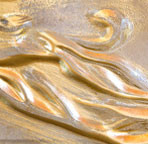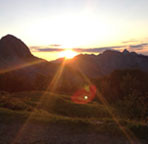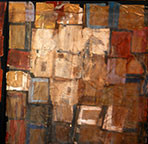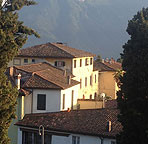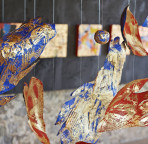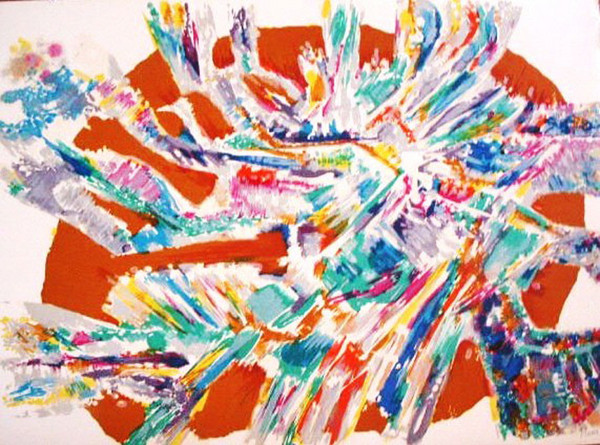
He who binds to himself a joy
Does the winged life destroy;
But he who kisses the joy as it flies
Lives in eternity’s sunrise.’—“Eternity” by William Blake, quoted in “Created Beauty: The Witness of J.S. Bach,” by Jeremy S. Begbie, in The Beauty of God: Theology and the Arts, ed. Daniel J. Treier, Mark Husbands, and Roger Lundin.
In his essay, “Created Beauty: The Witness of J.S. Bach,” Jeremy Begbie speaks of two types of beauty: “on the one hand, the beauty which is in some sense already “there” in the nature of things, and on the other, the beauty human beings make . . . Put more theologically, there is the beauty directly given to the world by God, and that which we are invited to fashion as God’s creatures.” Begbie outlines various aspects of these two types of beauty, using J.S.Bach’s Goldberg Variations of 1741, to explore these concepts.
“If ‘natural’ beauty is being discovered and turned into sound by Bach, this happens as it is shaped and reshaped, formed and reformed, through the ingenious use of a vast array of often highly sophisticated compositional techniques. We are thus confronted with perhaps the central paradox of a Christian view of creativity: in and through the act of strenuous making we discover more fully what we have not made. The inability to hold these two together in our thinking – ‘given’ beauty and ‘generated’ beauty (in this case, artistic beauty)—the tendency to see them as inherently opposed, is, I submit, one of the cardinal marks of modernity, captivated as it has so often been by the notion of the godlike artist, forging order where supposedly none can be trusted or even found.”
( . . . )
“Bach seems less interested in representing than he is in shaping his materials respectfully, and in that way expanding our awareness of those materials, the world we live in and our place in it. At the same time, though of course Bach was astonishingly ‘original,’ we should avoid interpreting him through the lens of the self-conscious creativity of the Romantic Künstler, the individual genius who mediates order to the world through his unique art.”
“What Bach’s music provokes us to imagine, then, when set in its context, is a subtle relationship between natural and artistic beauty, where the two are not seen as fundamentally incompatible, but where natural beauty is the inhabited environment, trusted and respected, in which artistic beauty is born, even if born through sweat and struggle. The vision of making beauty is not one that sees the artist as striving for creation out of nothing, fashioning and foisting order where none is given, or pursuing a fetish for originality (the wholly underived act); still less is it one of defiantly challenging God. But nor is it one in which we simply ‘let nature be,’ merely following its resonances and rhythms the way one might follow a river through a valley or the grain of a piece of wood. The vision is rather of the artist, as physical and embodied, set in the midst of a God-given world vibrant with a dynamic beauty of its own, not simply ‘there’ like a brute fact to he escaped or violently abused but there as a gift from a God of overflowing beauty, a gift for us to interact with vigorously, shape and reshape, form and transform, and in this way fashion something as consistent and dazzlingly novel as the Goldberg Variations, art that can anticipate the beauty previewed and promised in Jesus Christ.”
Comments welcome.
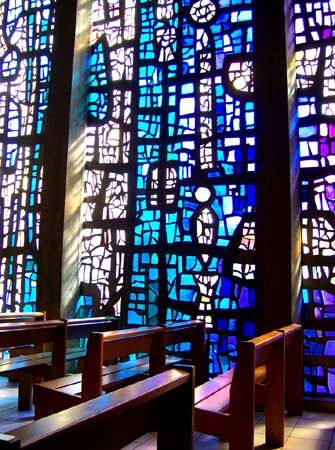

 Mount Tabor Talks
Mount Tabor Talks Sacred Sites: The Holy Land in the Heart of Italy
Sacred Sites: The Holy Land in the Heart of Italy